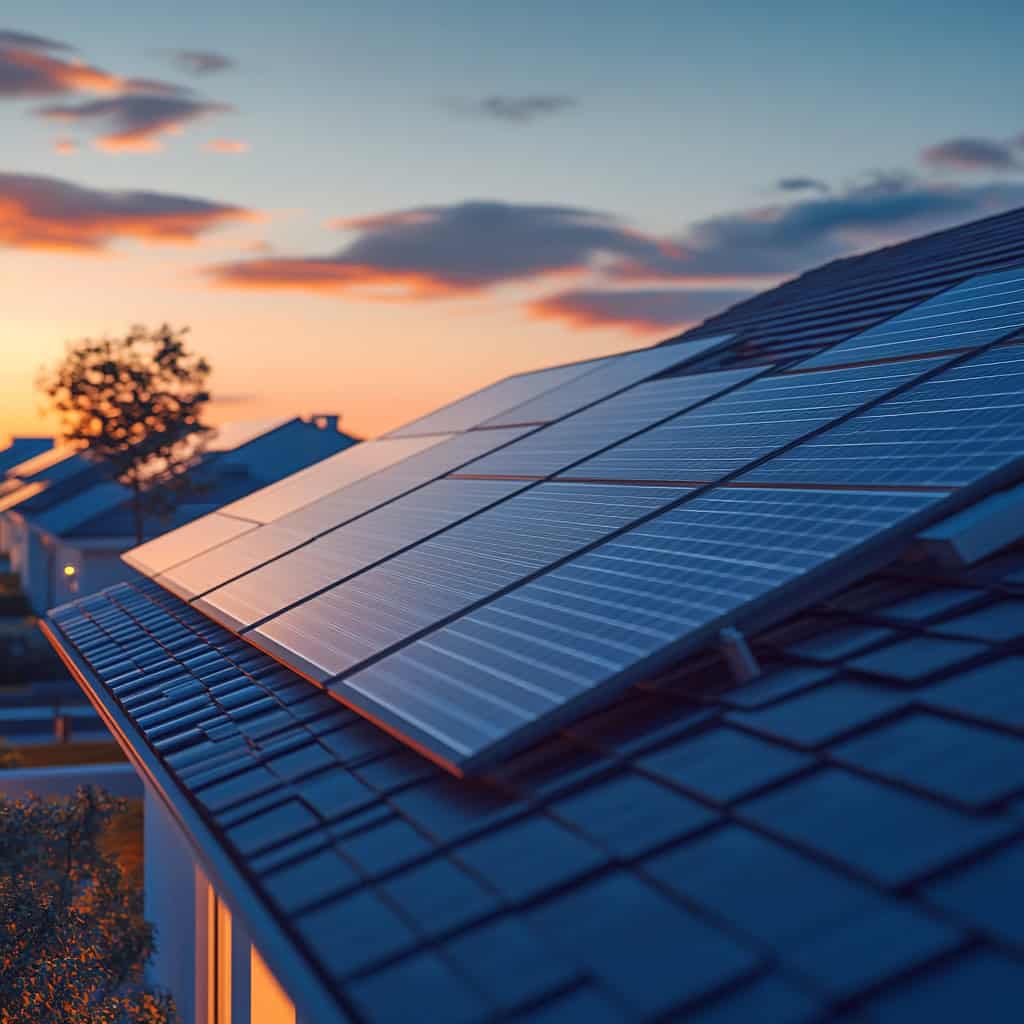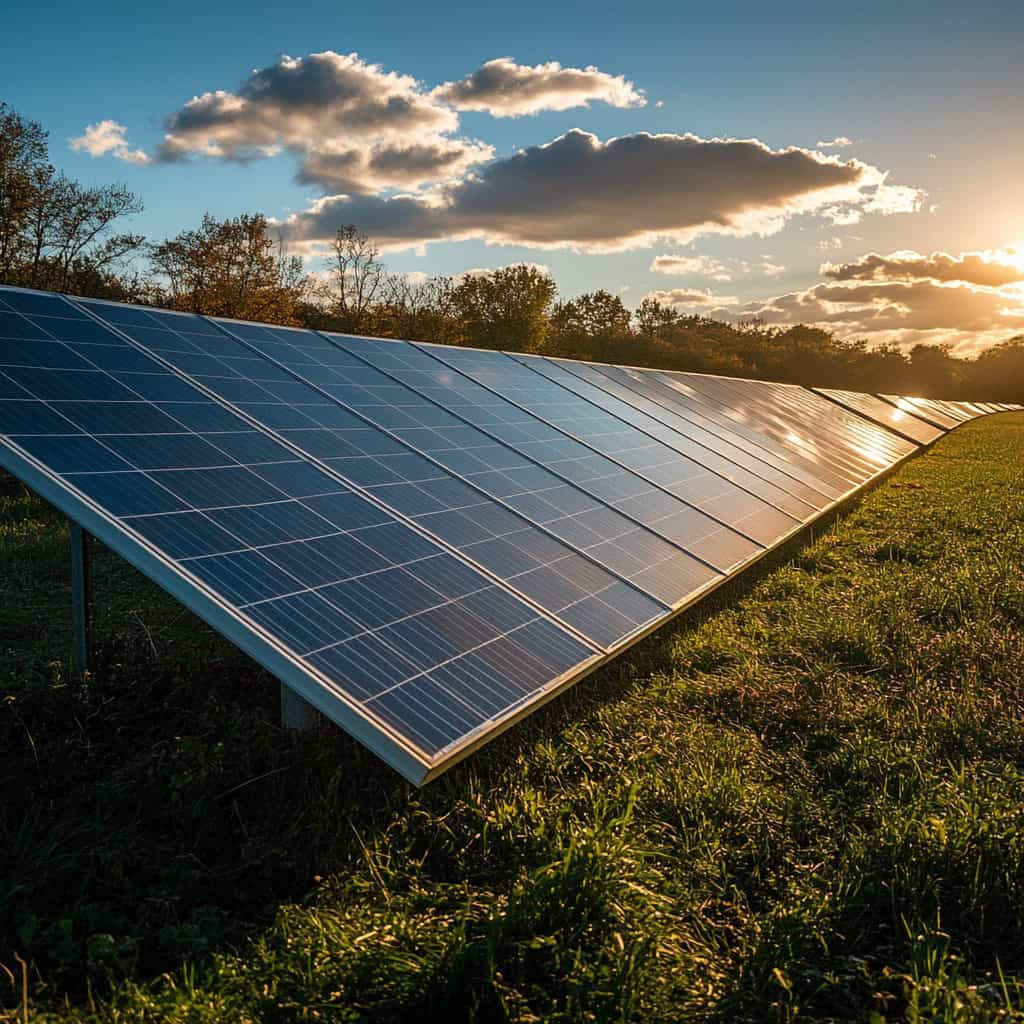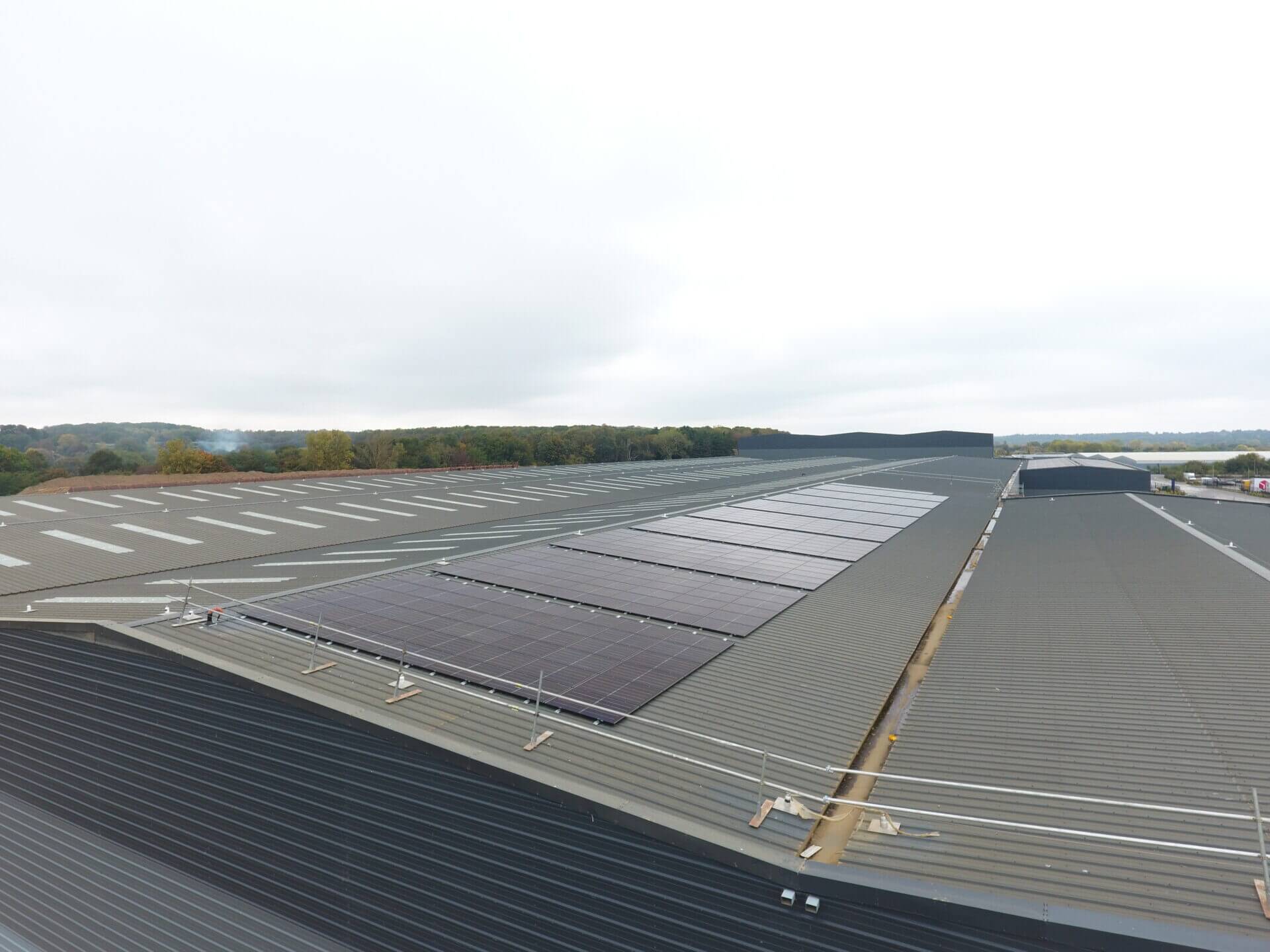As the world shifts to renewable energy to combat climate change, solar panels are gaining popularity. Many people see them as a promising choice.
Solar energy is a clean and renewable power source. To understand it’s environmental impact, we need to look at the whole lifecycle of solar panels. This includes their production and disposal.
Many people view solar panels as a green alternative to fossil fuels. However, they can make important parts of their lifecycle more sustainable. Let’s look at the different stages in a solar panel’s journey. We can find ways to improve each stage for a more sustainable future.

Manufacturing: Sustainable Production Processes
The production of solar panels involves several key materials, including silicon, metals like aluminium and silver, and various chemicals, with significant strides being
made toward reducing the environmental impact of solar panel manufacturing.
Improving Sustainability:
- Cleaner Energy in Production: The use of renewable energy sources in manufacturing plants can help reduce emissions from the production of solar panels. Companies are already utilising clean energy for manufacturing, significantly lowering their carbon footprint.
- Material Innovations: New innovations in materials, such as using recycled silicon or developing solar panels made from abundant, less resource-heavy materials, are helping reduce the environmental impact.
- Energy-Efficient Factories: As production scales up, many manufacturers are incorporating energy-efficient practices within their buildings, further reducing the overall impact.
Use Phase: Longevity, Maintenance & Efficiency
Solar panels are designed to last for 20-25 years, often with a performance warranty that guarantees a certain level of efficiency over this period. Typically, solar panels degrade at a rate of around 0.5% per year, meaning they still generate significant amounts of energy long after the initial installation.
Maintenance and Cleaning: Proper maintenance can further extend the life of solar panels and maximise their energy output. Solar panels require little more than occasional cleaning and a periodic check-up for damage from weather or debris. Cleaning solar panels regularly usually once or twice a year, ensures they remain free from dirt, dust, or leaves that could block sunlight and reduce efficiency.
Improving Sustainability:
- Optimal Panel Placement: Installing solar panels in locations with consistent sunlight exposure and minimal risk of debris buildup can reduce the need for frequent cleaning.
- Monitoring Systems: Many modern solar panel systems come with remote monitoring to track performance, which helps identify any issues early, thus preventing the need for costly repairs or replacements.
- Sustainable Operations: Ensuring that solar farms and rooftop installations are maintained with a focus on sustainability, using eco-friendly cleaning agents and low-energy maintenance systems, can reduce the environmental impact of the entire system.
Recycling: Closing the Loop
What happens to solar panels after they reach the end of their life? Solar panel recycling is one of the most important stages of their lifecycle. As of now, many panels end up in landfills when they become obsolete, contributing to e-waste. However, solar panel recycling has made significant progress, and technologies are emerging that can recover valuable materials from old panels, such as silicon, silver, and aluminium.
Improving Sustainability:
- Recycling Technologies: Advances in solar panel recycling technologies are making it easier and more cost-effective to reclaim materials. Companies are developing processes that can safely extract the silicon from old panels, which can then be reused in the production of new panels.
- Design for Disassembly: More manufacturers are designing panels that are easier to disassemble, with fewer toxic chemicals or complex components that can’t be recycled. This ensures that when the time comes for disposal, more materials can be reused, closing the loop on solar panel manufacturing.
- Government Policies: Countries like the EU and the US are starting to adopt policies that require manufacturers to take responsibility for the recycling of solar panels. These regulations incentivise manufacturers to build solar panels with recycling in mind, reducing the impact of old panels on the environment.

Waste Management: Dealing with Decommissioned Panels
Decommissioned solar panels pose a significant challenge. With millions of panels expected to reach the end of their life cycle in the coming decades, the sheer volume of waste could overwhelm existing recycling infrastructure. However, there are innovative solutions on the horizon.
Improving Sustainability:
- Extended Producer Responsibility (EPR): Policies that hold solar manufacturers responsible for the end-of-life disposal of their panels can help ensure that solar panels are recycled properly. This would encourage manufacturers to take a more proactive role in designing panels with their eventual disposal in mind.
- Repurposing Old Panels: There are creative ways to repurpose decommissioned solar panels. Some old panels, even though they may not meet efficiency standards for energy generation, can be used in less-demanding applications, such as powering small appliances or rural homes.
- Up cycling: A growing number of companies are exploring ways to upcycle old solar panels into new products, such as building materials, furniture, and other innovative applications. By turning old panels into new products, we can reduce the amount of material that ends up in landfills.
The Future of Solar Panel Sustainability
While the current lifecycle of solar panels is far from perfect, the industry is making significant strides toward improving their sustainability at every stage. From more efficient manufacturing processes to innovative recycling technologies and policies, the future of solar energy looks promising.
But it’s important to remember that solar panels alone cannot solve the climate crisis; their success depends on a broader commitment to sustainable practices across the entire energy ecosystem.
As more people invest in solar power, there will be greater pressure on manufacturers, governments, and consumers to ensure that every step of the lifecycle, from production to disposal, is managed responsibly. With a continued focus on innovation and sustainability, solar panels can truly become a cornerstone of a cleaner, greener, and more sustainable future.
In conclusion, while solar panels are a sustainable energy source, they must be viewed through the lens of their entire lifecycle. From reducing the carbon footprint of their manufacturing to improving recycling processes and reducing waste, the path to a truly sustainable solar future is still evolving.
By taking a holistic approach and embracing continuous improvement at every stage, we can ensure that solar energy remains a powerful ally in the fight against climate change.

